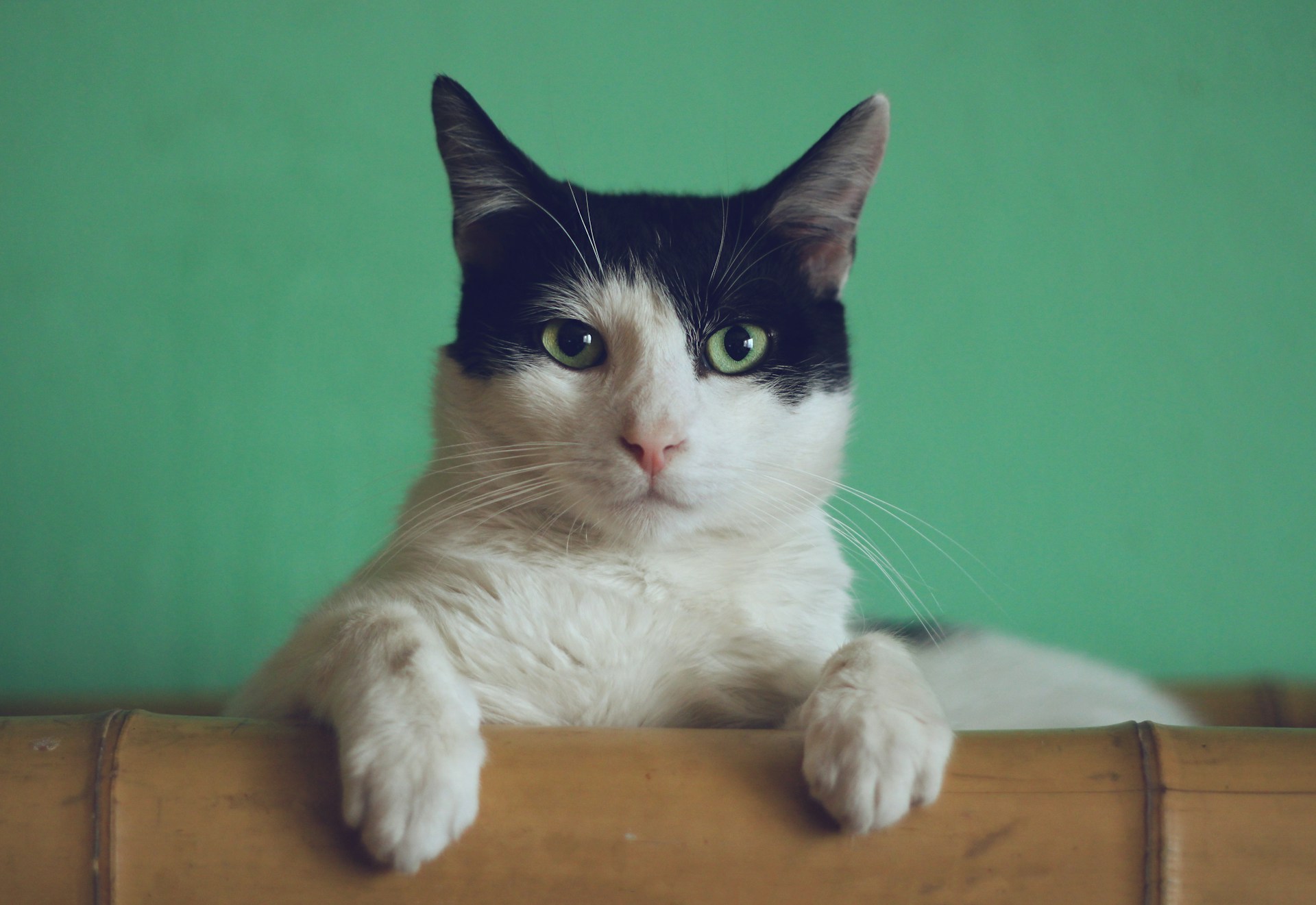Our veterinarians explained what perineal urethrostomy in cats is, when it is indicated, how it is done, the pros and cons of the procedure, potential complications and risks, survival rates and life expectancy after the procedure, and the cost involved.
Disclaimer: All content and information on this website are for informational and educational purposes only and do not constitute veterinary medical or pet health care advice.
What is Perineal Urethrostomy?
Perineal urethrostomy is a surgical procedure that veterinarians perform on male cats that struggle with blockage or injury of their urethra, which is the tube that carries urine from the urinary bladder to the outside of the body.
Male cats are more predisposed to urethral obstruction than female cats as a male cat’s urethra narrows significantly in its last portion – when it goes through the penis.
With urethrostomy, veterinarians remove that narrowest portion of the urethra and form a new, wider urinary opening.
This helps the cat pee more easily and lets most bladder stones go out without creating a blockage.
Indications for Perineal Urethrostomy in Cats
Cats might need this surgery if they have a urethral obstruction that a veterinarian cannot relieve by a urinary catheter or other means.
Frequent repeating blockages of the urethra are another indication.
Crystals or stones in the urine can cause obstruction, which can be very painful and dangerous if not treated.
If a cat keeps getting blocked despite other treatments, urethrostomy surgery might be the best option to decrease the risk of future issues.
Pros and Cons of Perineal Urethrostomy in Cats
Pros:
- It can be a lifesaver for cats with obstructions that the veterinarian cannot resolve
- Reduces the risk of blockages in cats with recurrent urinary obstructions
- Helps improve the quality of life for cats with chronic urinary issues.
Cons:
- It’s a major surgery with its own risks
- There can be complications, like narrowing of the new opening or infections
- It doesn’t cure the underlying cause of urinary problems, like the formation of crystals or stones; it just helps to decrease the risk of stones and other material being stuck in the narrow portion of the urethra.
Perineal Urethrostomy Procedure
Veterinarians perform this procedure under general anesthesia, so a cat must be stable enough and prepared for the surgery to decrease any anesthesia-related risks.
Veterinarians will stabilize and treat cats that are in critical condition first. Laboratory analyses and other diagnostics might be needed beforehand. Some cats need fluids and other medications to prepare for the urethrostomy.
During the surgery, the vet removes the narrow part of the urethra. To do that, they remove the penis and neuter (castrate) the cat at the same time if a cat is not neutered at the time of urethrostomy. Then, the surgeon creates a new urinary opening.
Pain medications and antibiotics can be provided before or after surgery. Also, your veterinarian will give you instructions on home care.
Recovery and post op period
Your veterinarian might recommend an Elizabethan collar (a plastic cone) to prevent self-trauma.
They might prescribe pain medications to your pet for a few days after the surgery. Some local treatments, such as petroleum jelly, to prevent skin irritation from the urine might also be recommended.
Do not clean or touch the incision unless recommended by your veterinarian. It can lead to prolonged healing and complications.
Place your pet in a restricted area with no other cats and little space to be active. Restricted activity will help with healing.
Your cat’s veterinarian might also recommend recheck exams soon after surgery and later over the course of a few months.
Laboratory analyses such as urinalysis and urinary culture can also be recommended.
Complications and Risks of Perineal Urethrostomy
Like with any surgery, there are risks involved.
Some possible complications include:
- Infection at the surgery site.
- Narrowing of the new opening due to self-trauma or other reasons
- Bleeding
- Leaking urine.
It’s important to follow the vet’s instructions for post op care to reduce the risk of complications. Also, let your vet know immediately if you notice any signs of complications.
Life Expectancy After Perineal Urethrostomy
Most cats do well after the surgery and can live normal lives. The surgery effectively reduces the risk of future urinary obstructions.
Remember that perineal urethrostomy does not treat the cause of the blockage. Stones may form, feline stress-related cystitis can return, and all of that can still need treatment. The same can be true for other lower urinary tract conditions.
So, it’s crucial to monitor the cat’s urinary health and follow any dietary and medical recommendations from your veterinarian to prevent and treat lower urinary tract problems.
Cost of Perineal Urethrostomy in Cats
The cost of this surgery can vary greatly depending on the country and exact location, the veterinary clinic (specialty hospital vs small private general practice), and the cat’s overall health and condition at the time of surgery.
It’s not an everyday procedure, and not all veterinarians perform it.
In general, it can be on the expensive side.
It’s best to discuss the costs with your vet and consider financial assistance if needed.
Perineal urethrostomy is a major surgery that can save your cat’s life and improve its quality. While it comes with risks and costs, the benefits often outweigh the drawbacks. Please don’t hesitate to consult your veterinarian to determine if this procedure is the right choice for your pet.
References
Weir M. (VCA Animal Hospitals). Perineal Urethrostomy Surgery in Cats.
Adin C. (dvm360.com). How to perform a feline perineal urethrostomy.
Moorview Referrals. Perineal Urethrostomy Fact Sheets.
